A fortress that shaped a kingdom
White Tower, concentric defenses, Crown Jewels, ravens, and ritual—centuries of London history in one place.
Table of Contents
Norman beginnings & the White Tower
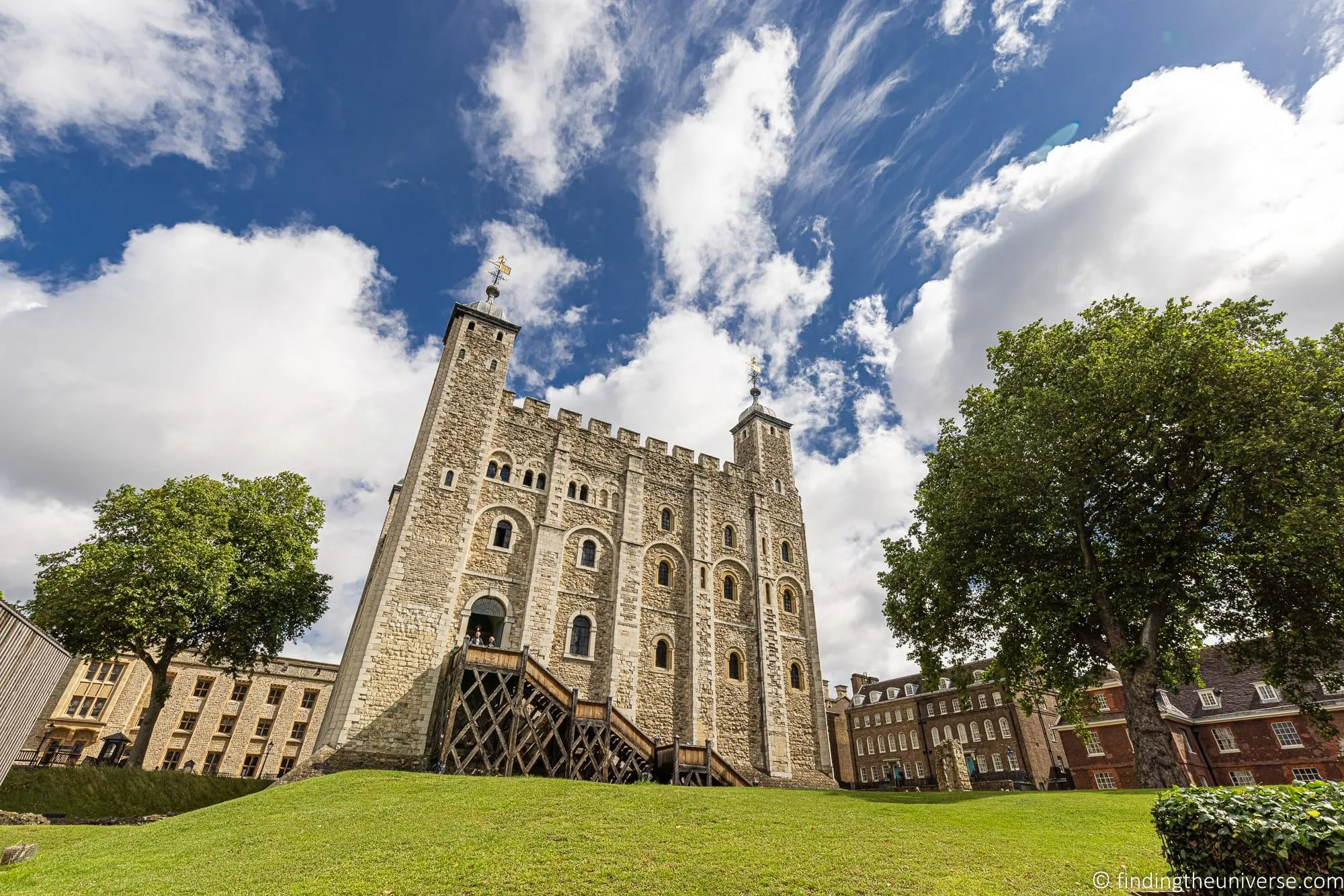
In the 1070s, William the Conqueror ordered a mighty stone keep to assert control over the city—what we now call the White Tower.
This Norman core expanded into a royal complex—palace apartments, chapels, and layered defenses grew around the great keep.
Royal palace, treasury, and mint

Beyond fortress walls, the Tower served as a royal residence, a treasury safeguarding riches, and the site of the Royal Mint for centuries.
Statecraft unfolded in stone chambers—ceremony, accounting, and everyday logistics of monarchy shaped the site’s evolving layout.
Prisons, plots, and famous inmates

The Tower held high‑profile prisoners—from queens to conspirators. Stories of the Princes in the Tower and Sir Walter Raleigh linger in public imagination.
Cells, graffiti, and records reveal the machinery of Tudor justice and political drama that played out within these walls.
Crown Jewels & ceremony

The Jewel House protects regalia used in coronations—crowns, sceptres, and orbs that symbolize continuity of the monarchy.
Exhibits explain craftsmanship, symbolism, and the living ceremonies that still rely on these dazzling objects.
Medieval walls, towers, and defenses
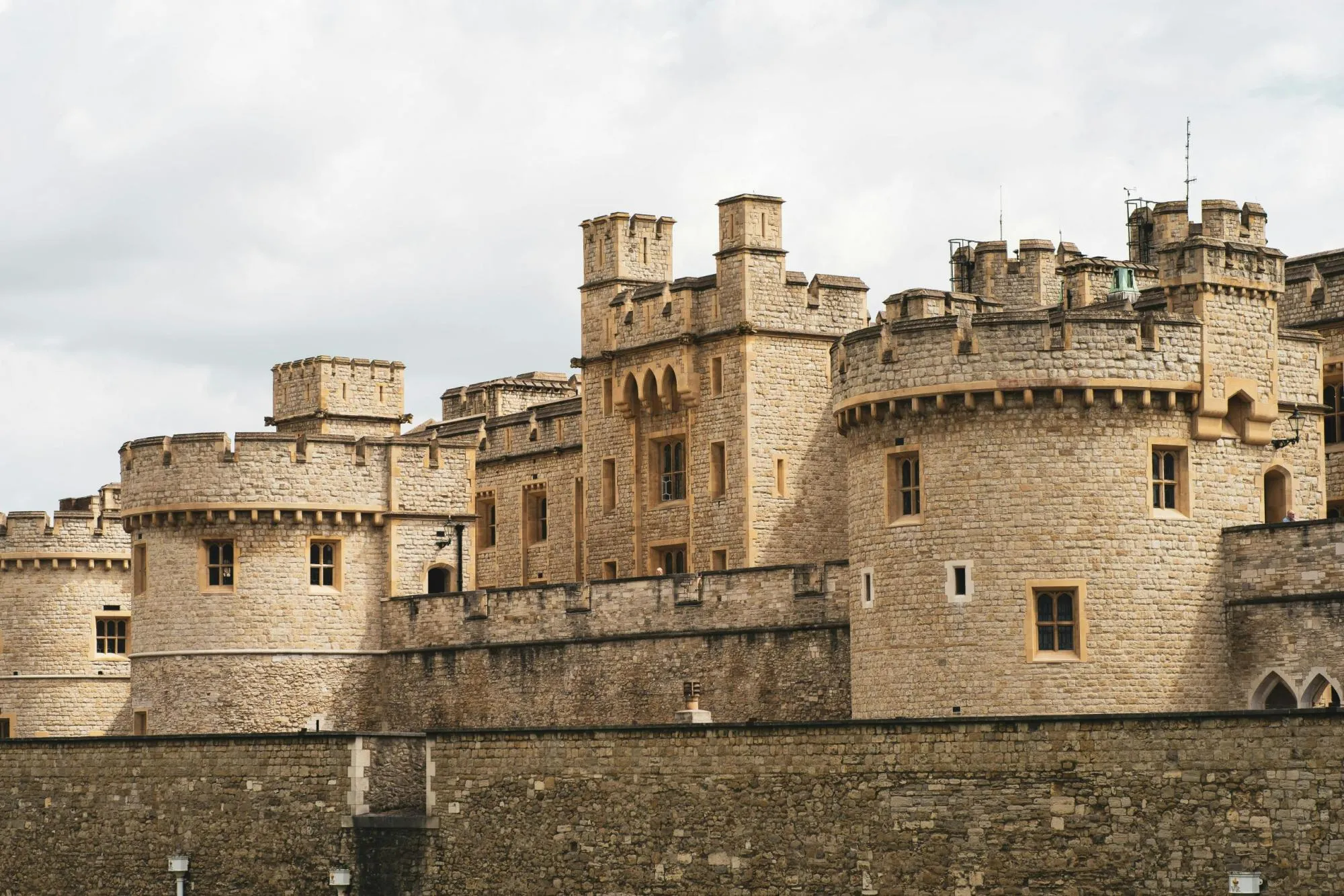
Concentric defenses—moat, inner and outer wards, and numerous towers—created a formidable symbol and practical stronghold.
Wall walks link bastions and offer views across the river and city—history underfoot with every step.
Yeoman Warders & living traditions
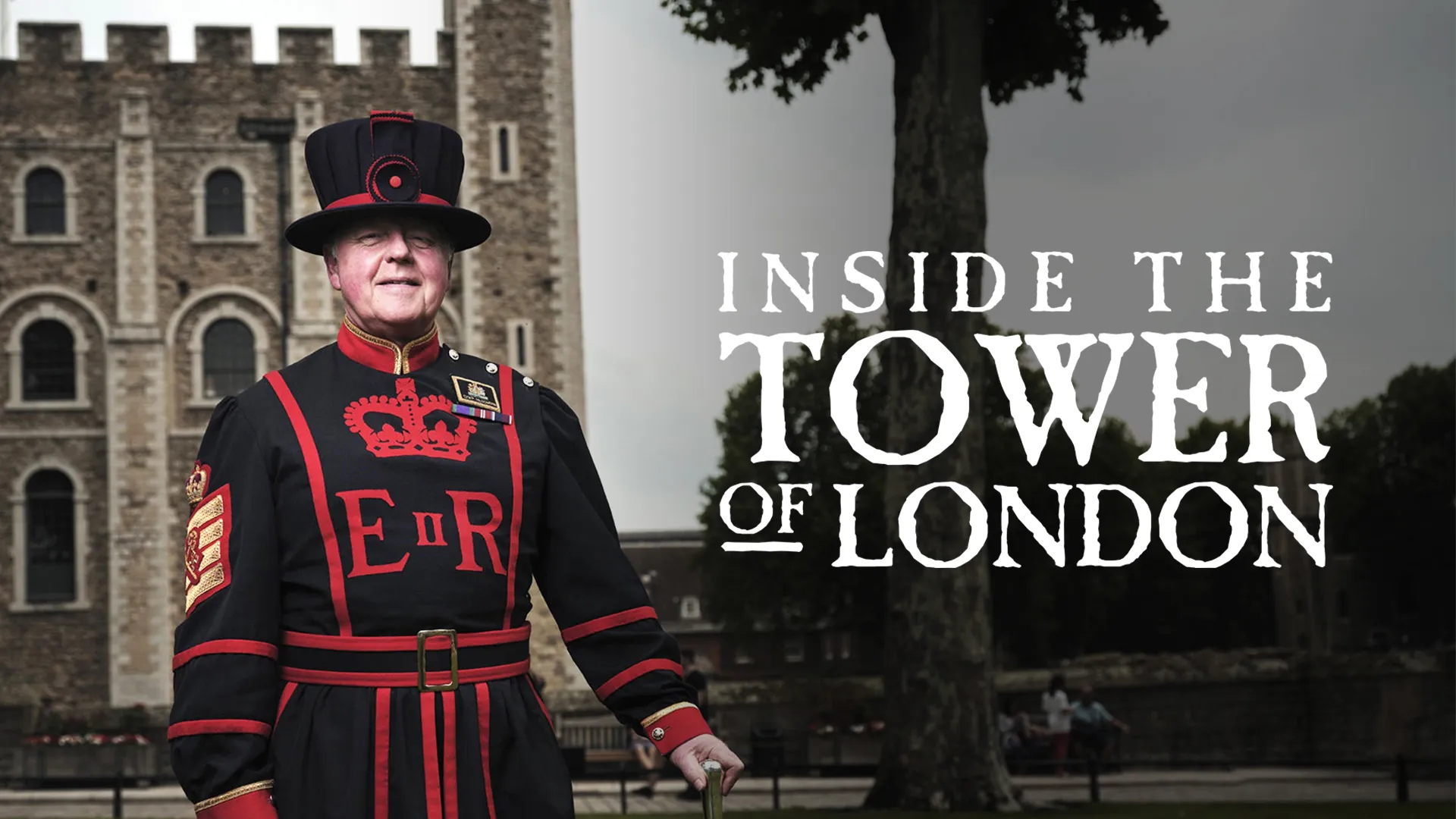
Yeoman Warders—popularly called Beefeaters—guard the site, guide tours, and uphold traditions like the nightly Ceremony of the Keys.
Their distinctive uniforms and knowledge keep the Tower’s stories vivid, connecting past to present for visitors.
Ravens, legends, and lore
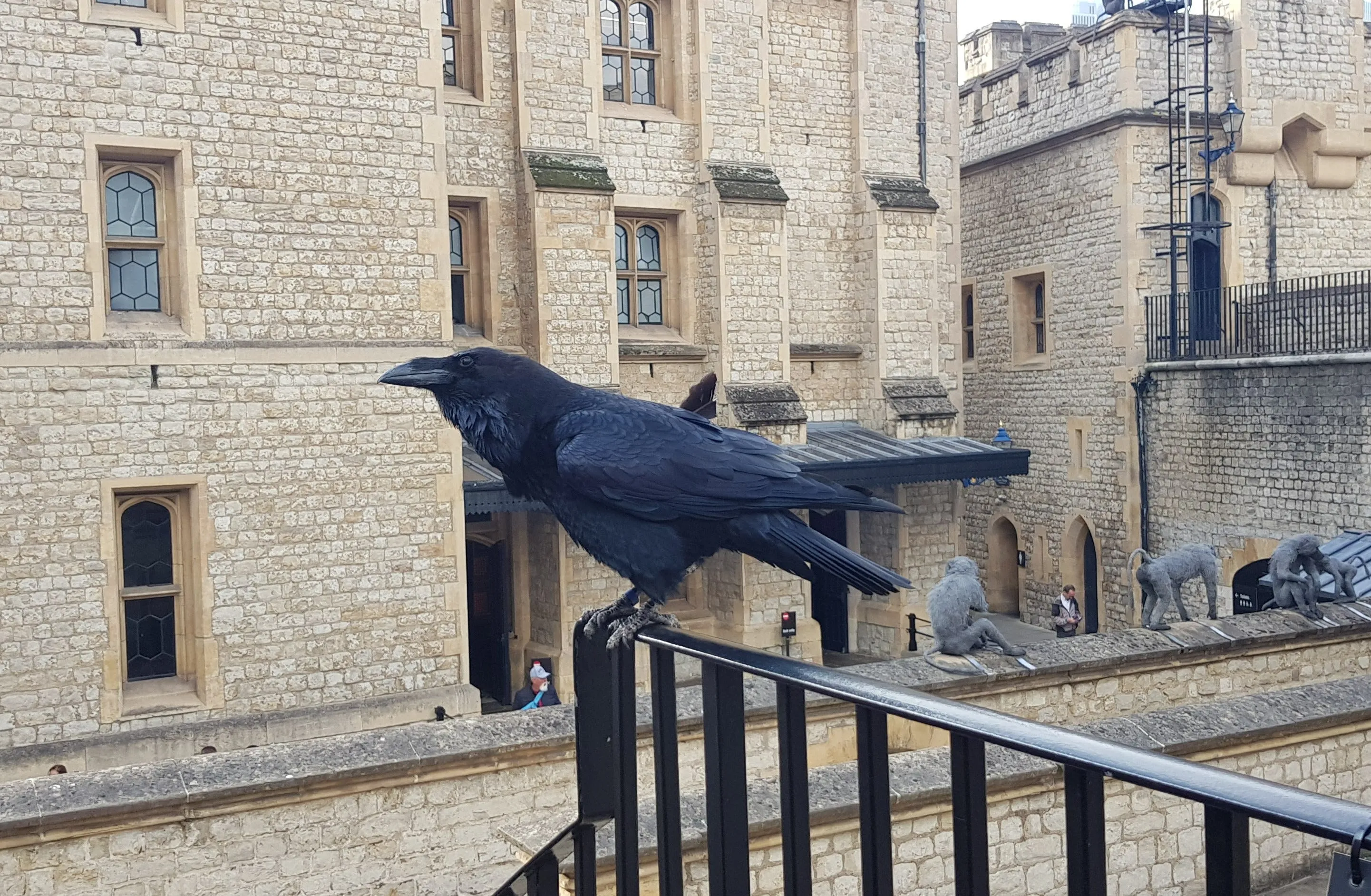
Resident ravens are cared for by the Ravenmaster—legend says the kingdom falls if they ever leave (don’t worry, they’re pampered).
These clever birds add character and conversation—spot them hopping along lawns and parapets.
Architecture, conservation & stewardship

Careful conservation preserves Norman masonry, Tudor brick, and later interventions—repairs respect original fabric and patina.
Stewardship balances public access, security, and authenticity—sustainability and documentation guide decisions.
Religion, chapels, and memorials
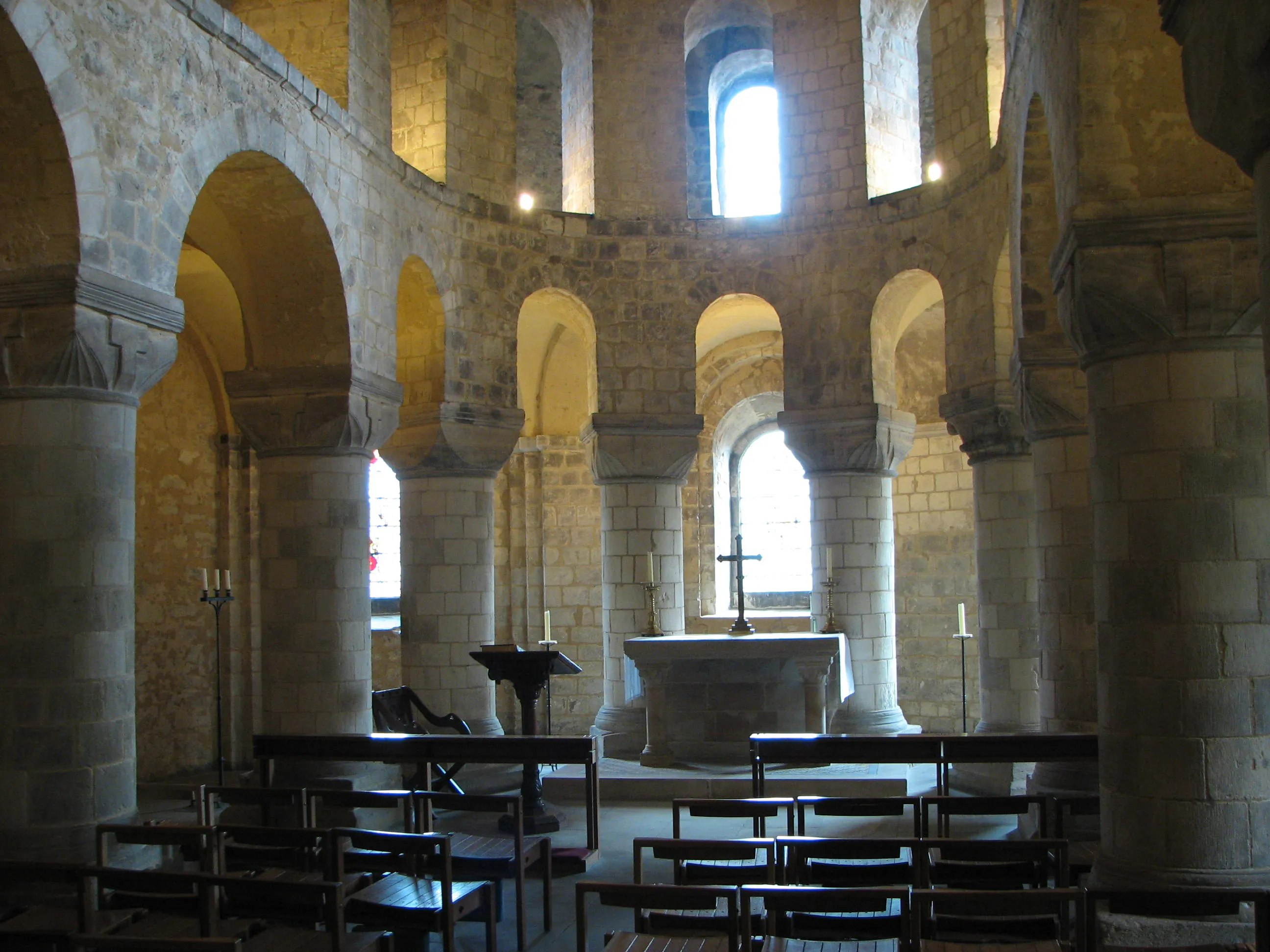
Two chapels serve the complex—St John’s Chapel in the White Tower and the Chapel Royal of St Peter ad Vincula, site of notable burials.
Memorials recall those executed on Tower Green—quiet spaces offer reflection amid the fortress bustle.
Planning with historical context
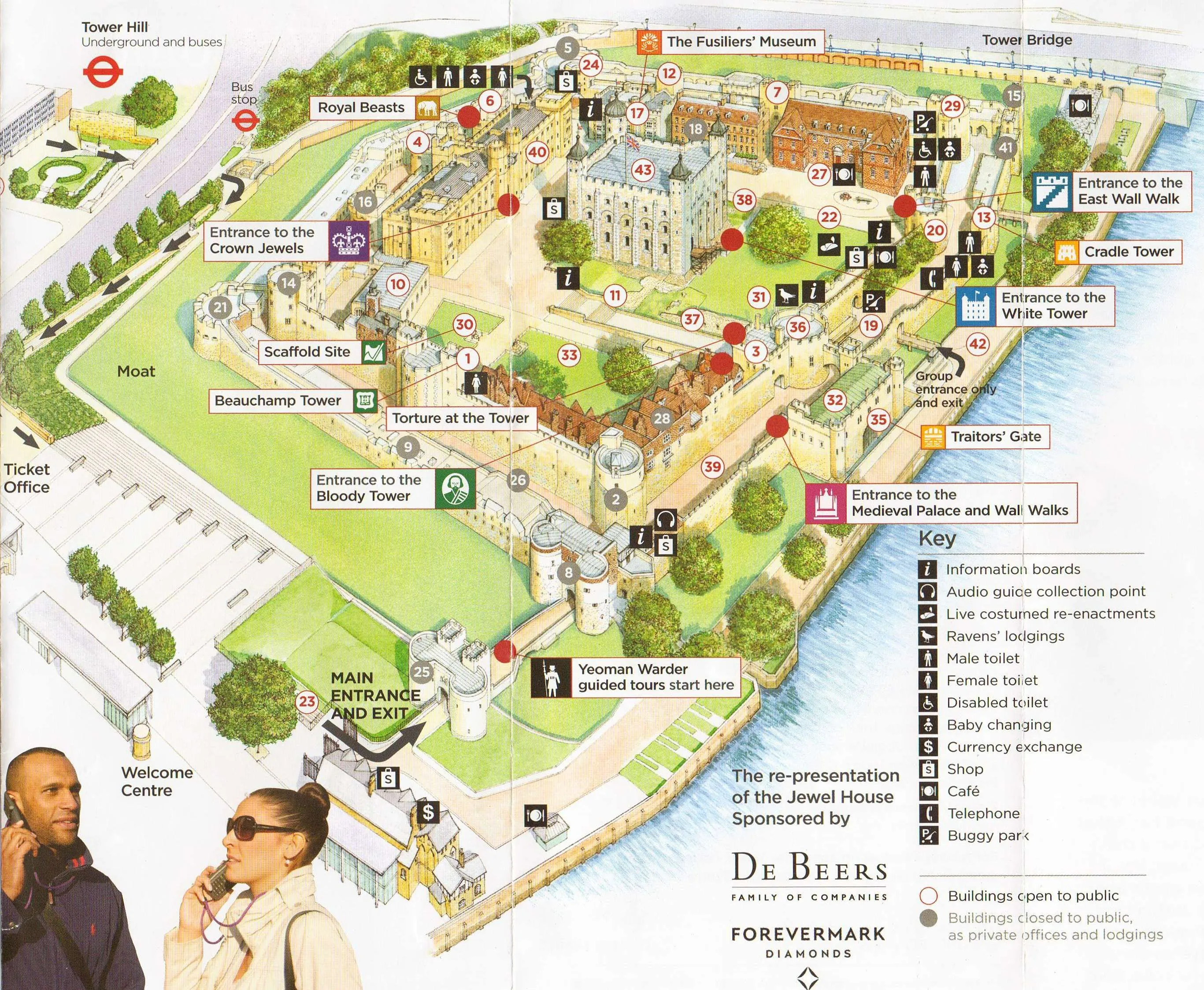
Prioritize the Jewel House early, then the White Tower and wall walk—interleave with a Yeoman Warder tour for narrative glue.
Notice transitions: Norman stone to Tudor brick, royal residence to state prison, ritual to everyday garrison life.
City, river, and surrounding stories
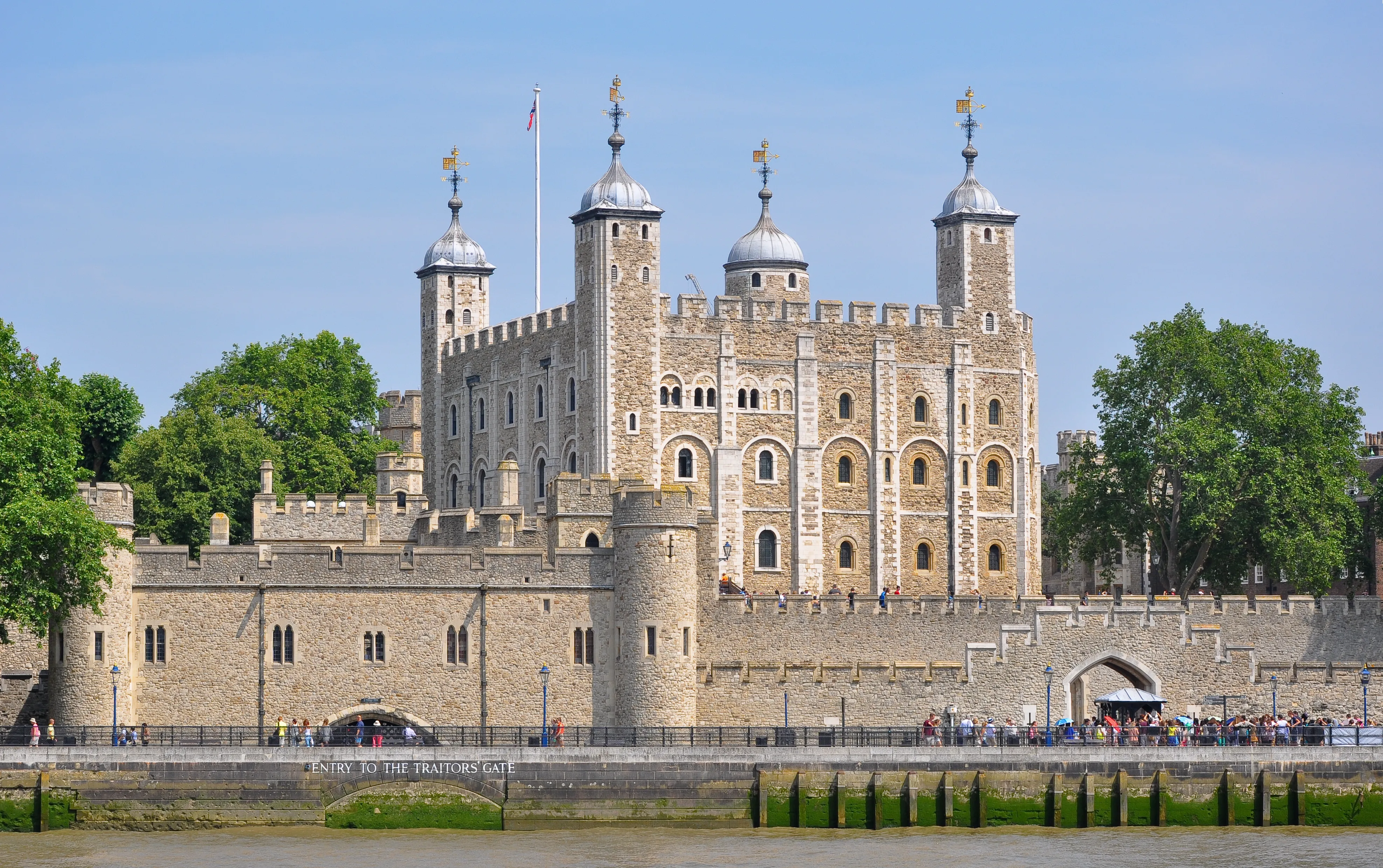
The Tower’s riverside location signaled authority to all who sailed past—nearby docks and markets fed London’s rise.
Today the skyline juxtaposes medieval walls with modern glass—context that enriches every photograph and viewpoint.
Nearby complementary sites
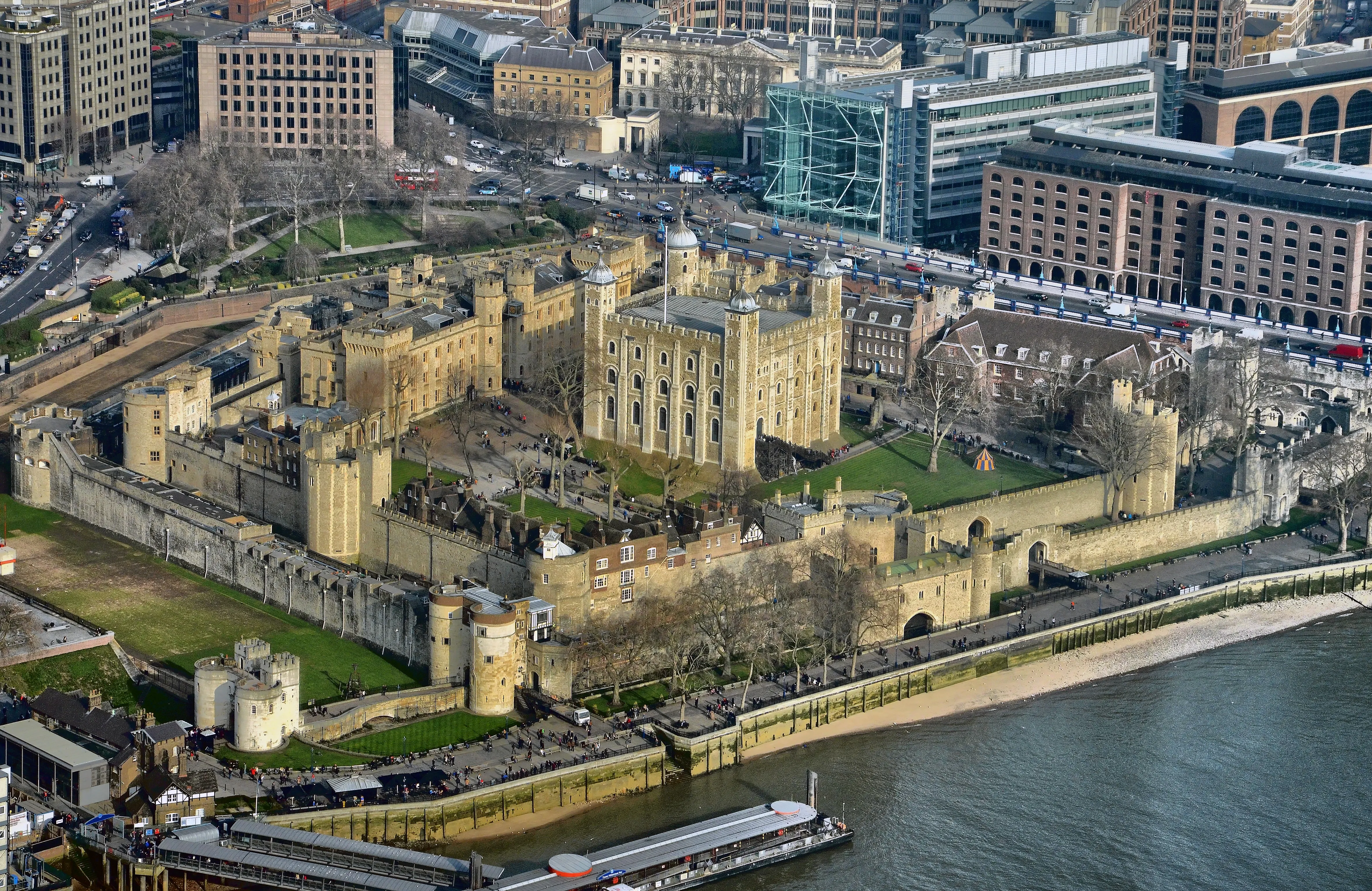
Tower Bridge, HMS Belfast, The Shard, St Katharine Docks, and a Thames river cruise deepen historical and skyline context.
A multi‑stop day contrasts royal fortress legacy, naval heritage, modern architecture, and river leisure.
Enduring legacy of the Tower

The Tower symbolizes royal authority, resilience, and the evolving identity of the nation—history made tangible.
Careful conservation and storytelling sustain public appreciation of power, pageantry, and everyday lives once lived here.
Table of Contents
Norman beginnings & the White Tower

In the 1070s, William the Conqueror ordered a mighty stone keep to assert control over the city—what we now call the White Tower.
This Norman core expanded into a royal complex—palace apartments, chapels, and layered defenses grew around the great keep.
Royal palace, treasury, and mint

Beyond fortress walls, the Tower served as a royal residence, a treasury safeguarding riches, and the site of the Royal Mint for centuries.
Statecraft unfolded in stone chambers—ceremony, accounting, and everyday logistics of monarchy shaped the site’s evolving layout.
Prisons, plots, and famous inmates

The Tower held high‑profile prisoners—from queens to conspirators. Stories of the Princes in the Tower and Sir Walter Raleigh linger in public imagination.
Cells, graffiti, and records reveal the machinery of Tudor justice and political drama that played out within these walls.
Crown Jewels & ceremony

The Jewel House protects regalia used in coronations—crowns, sceptres, and orbs that symbolize continuity of the monarchy.
Exhibits explain craftsmanship, symbolism, and the living ceremonies that still rely on these dazzling objects.
Medieval walls, towers, and defenses

Concentric defenses—moat, inner and outer wards, and numerous towers—created a formidable symbol and practical stronghold.
Wall walks link bastions and offer views across the river and city—history underfoot with every step.
Yeoman Warders & living traditions

Yeoman Warders—popularly called Beefeaters—guard the site, guide tours, and uphold traditions like the nightly Ceremony of the Keys.
Their distinctive uniforms and knowledge keep the Tower’s stories vivid, connecting past to present for visitors.
Ravens, legends, and lore

Resident ravens are cared for by the Ravenmaster—legend says the kingdom falls if they ever leave (don’t worry, they’re pampered).
These clever birds add character and conversation—spot them hopping along lawns and parapets.
Architecture, conservation & stewardship

Careful conservation preserves Norman masonry, Tudor brick, and later interventions—repairs respect original fabric and patina.
Stewardship balances public access, security, and authenticity—sustainability and documentation guide decisions.
Religion, chapels, and memorials

Two chapels serve the complex—St John’s Chapel in the White Tower and the Chapel Royal of St Peter ad Vincula, site of notable burials.
Memorials recall those executed on Tower Green—quiet spaces offer reflection amid the fortress bustle.
Planning with historical context

Prioritize the Jewel House early, then the White Tower and wall walk—interleave with a Yeoman Warder tour for narrative glue.
Notice transitions: Norman stone to Tudor brick, royal residence to state prison, ritual to everyday garrison life.
City, river, and surrounding stories

The Tower’s riverside location signaled authority to all who sailed past—nearby docks and markets fed London’s rise.
Today the skyline juxtaposes medieval walls with modern glass—context that enriches every photograph and viewpoint.
Nearby complementary sites

Tower Bridge, HMS Belfast, The Shard, St Katharine Docks, and a Thames river cruise deepen historical and skyline context.
A multi‑stop day contrasts royal fortress legacy, naval heritage, modern architecture, and river leisure.
Enduring legacy of the Tower

The Tower symbolizes royal authority, resilience, and the evolving identity of the nation—history made tangible.
Careful conservation and storytelling sustain public appreciation of power, pageantry, and everyday lives once lived here.